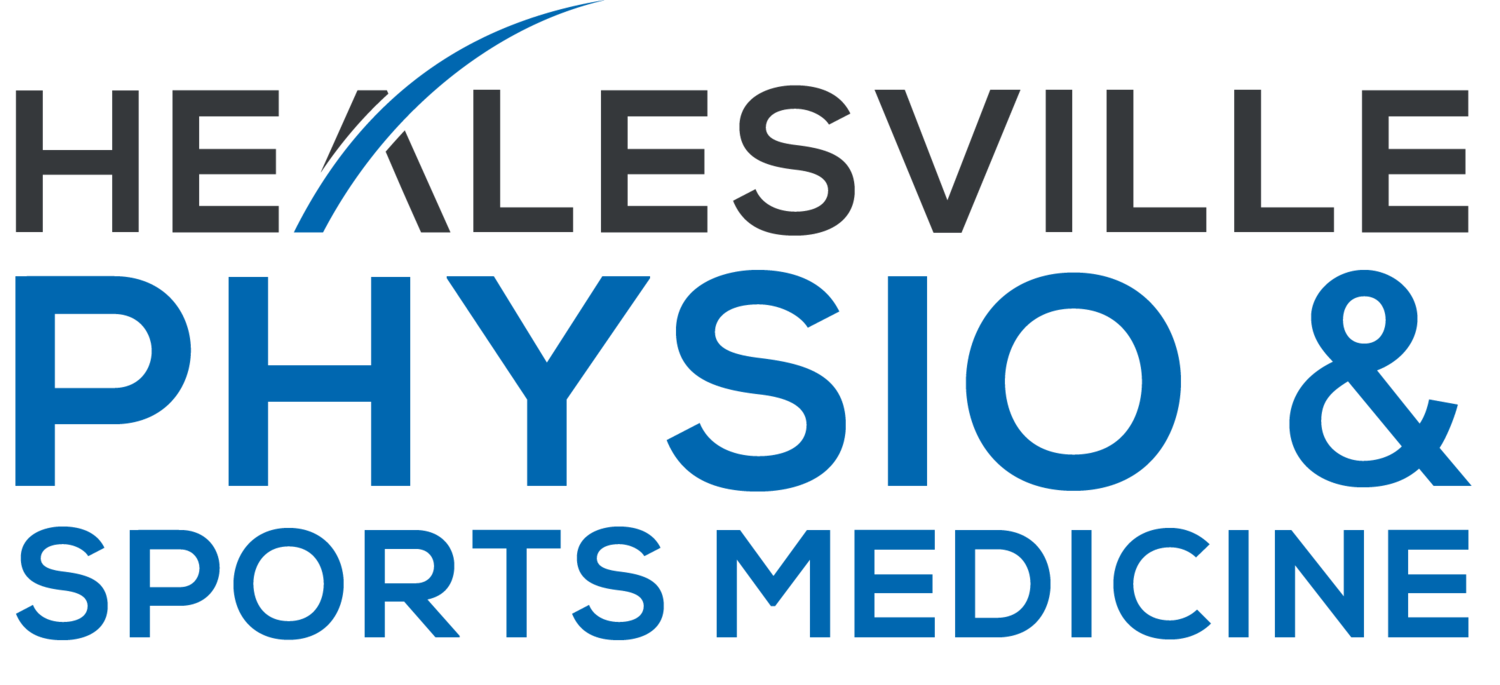Shoulder pain and discomfort is very common. Your shoulder is a very mobile joint, just think about how much it can move, up, across, behind and twist!
This essentially means your shoulder is quite unstable, which is due to the low contact area of the socket (formed by your scapular) and the ball of your arm bone (humerus).
This is why the muscles of the shoulder (rotator cuff) are so important for a normally functioning shoulder.
In most cases if you are suffering shoulder pain it is due to the muscles not being strong enough or the lack of coordination (neuro-muscular control).
Causes include but are not limited to:
Rotator Cuff (muscles)
Instability (Multi-directional, Anterior, Posterior or Inferior)
Frozen Shoulder (Adhesive capsulitis)
Shoulder Arthritis
Fractures
AC joint (acromio-clavicular joint)
Thoracic Outlet Syndrome
Referred Neck (Cervical Spine)
ROTATOR CUFF
Is made up of 4 muscles - Infraspinatus, Supraspinatus, Teres Minor and Subscapularis. As the name suggests, the rotator cuff muscles are responsible for shoulder rotation and form a cuff around the head of the humerus (shoulder ball).
What Rotator Cuff Injuries are Common?
Your rotator cuff muscles and tendons are vulnerable to rotator cuff tears, rotator cuff tendonitis and rotator cuff impingement (kind of like a finger in the door).
Rotator cuff injuries vary from mild tendon inflammation ( rotator cuff tendonitis), shoulder bursitis (inflammed bursa), calcific tendonitis (bone forming within the rotator cuff tendon) through to partial and full thickness rotator cuff tears, which may require rotator cuff surgery.
What are the Symptoms of Rotator Cuff Injury?
While each specific rotator cuff injury has its own specific symptoms and signs, you can suspect a rotator cuff injury if you have:
an arc of shoulder pain or clicking when your arm is at shoulder height or when your arm is overhead.
shoulder pain that can extend from the top of your shoulder to your elbow.
shoulder pain when lying on your sore shoulder.
shoulder pain at rest (with more severe rotator cuff injuries).
shoulder muscle weakness or pain when attempting to reach or lift.
shoulder pain when putting your hand behind your back or head.
shoulder pain reaching for a seat-belt.
How is a Rotator Cuff Injury Diagnosed?
Your physiotherapist will suspect a rotator cuff injury based on your clinical history and the findings from a series of clinical tests.
A diagnostic ultrasound scan is the most accurate method to diagnose the specific rotator cuff injury pathology (this is depended in the quality of the machine and skill of the assessor). X-ray will hold little value in diagnosing a rotator cuff injury however it is important to rule out other causes, so often an X-ray/US scan is ordered in combination. It is important for the public to remember that scans don’t diagnose you, they only confirm the problem (therefore there value is about 10%, as suggested above a clinical history is much more important).
How to Treat a Rotator Cuff Injury?
Once you suspect a rotator cuff injury, it is important to confirm the exact type of your rotator cuff injury since treatment does vary depending on the specific or combination of rotator cuff injuries.
Your rotator cuff is an important group of control and stability muscles that maintain “centralization” of your shoulder joint. In other words, it keeps the shoulder ball centered over the small socket. This prevents injuries such as impingement, subluxations and dislocations.
We also know that your rotator cuff provides subtle glides and slides off the ball joint on the socket to allow full shoulder movement. Plus, your shoulder blade (scapula) has a vital role as the main dynamically stable base plate that attaches your arm to your chest wall.
Researchers have concluded that there are essentially 7 stages that need to be covered to effectively rehabilitate these injuries and prevent recurrence.
These are:
Early Injury Protection: Pain Relief & Anti-inflammatory Tips
Regain Full Range of Motion
Restore Scapular Control
Restore Normal Neck-Scapulo-Thoracic-Shoulder Function
Restore Rotator Cuff Strength
Restore High Speed, Power, Proprioception & Agility
Return to Sport or Work
For more specific advice about your rotator cuff injury please contact your physiotherapist at Healesville Sports Medicine.

